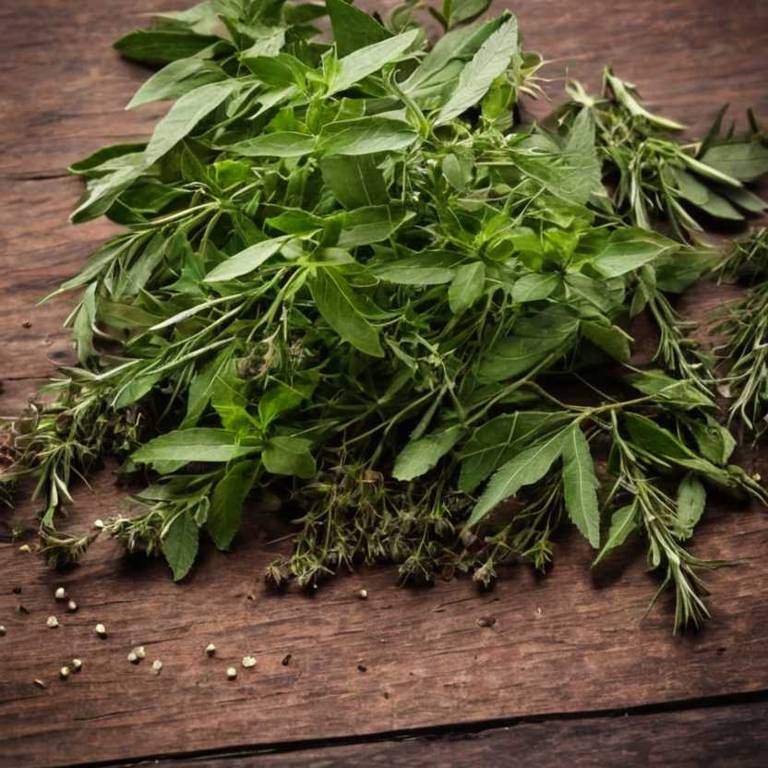Celtis Australis: What To Know Before Using It For Medicinal Purposes

Celtis australis, commonly known as the European hackberry, has been traditionally used in herbal medicine for its potential therapeutic properties.
The leaves and fruits of this plant have been employed to treat various ailments, including respiratory conditions and skin disorders, due to their anti-inflammatory and antioxidant effects. Recent studies suggest that compounds found in Celtis australis may possess antimicrobial and antidiabetic properties, supporting its historical use in folk medicine. However, more scientific research is needed to fully understand its medicinal potential and to establish safe and effective applications.
Despite its traditional significance, the plant remains underexplored in modern pharmacological contexts.
Health Benefits
Celtis australis has several health benefits, such as its potential to support cardiovascular health due to its high antioxidant content.
The plant contains bioactive compounds that may help reduce inflammation and improve immune function. It has been traditionally used in herbal medicine to aid in digestion and alleviate symptoms of gastrointestinal disorders. Additionally, its leaves and fruits are rich in vitamins and minerals that contribute to overall well-being.
Research suggests that Celtis australis may also have protective effects against oxidative stress, promoting long-term health.
10 Best Health Beneift of Celtis australis
Bioactive Constituents
Celtis australis has several bioactive constituents, such as flavonoids, tannins, and saponins, which contribute to its medicinal properties.
These compounds exhibit antioxidant, anti-inflammatory, and antimicrobial activities, making the plant a valuable source for natural remedies. Flavonoids, in particular, are known to protect cells from oxidative stress and support cardiovascular health. Tannins contribute to the plant's astringent properties, which may aid in treating digestive issues and skin conditions.
Saponins have demonstrated potential in enhancing immune function and reducing cholesterol levels, further highlighting the therapeutic potential of Celtis australis.
Medicinal Preparations
Celtis australis has several medicinal preparations, such as teas, tinctures, and topical salves, which have been traditionally used for their therapeutic properties.
The leaves and bark of the tree are commonly dried and brewed into teas to help alleviate digestive issues and reduce inflammation. Tinctures made from the bark or leaves are often used to treat respiratory ailments and skin conditions due to their antiseptic and astringent qualities. In some cultures, the fruit is also utilized in medicinal formulations, either raw or cooked, to support digestive health.
These preparations highlight the versatility of Celtis australis in traditional herbal medicine.
Side Effects
Celtis australis can have some side effects, such as allergic reactions in individuals sensitive to the plant's pollen or its sap.
Inhaling pollen from Celtis australis may trigger symptoms like sneezing, runny nose, and itchy eyes in people with hay fever or asthma. Contact with the plant's sap can cause skin irritation, including redness, itching, and blistering in some cases. While generally not toxic when ingested in small amounts, consuming large quantities of its fruits may lead to gastrointestinal discomfort.
Overall, while Celtis australis is not typically harmful, those with allergies or sensitive skin should exercise caution when handling or being exposed to the plant.